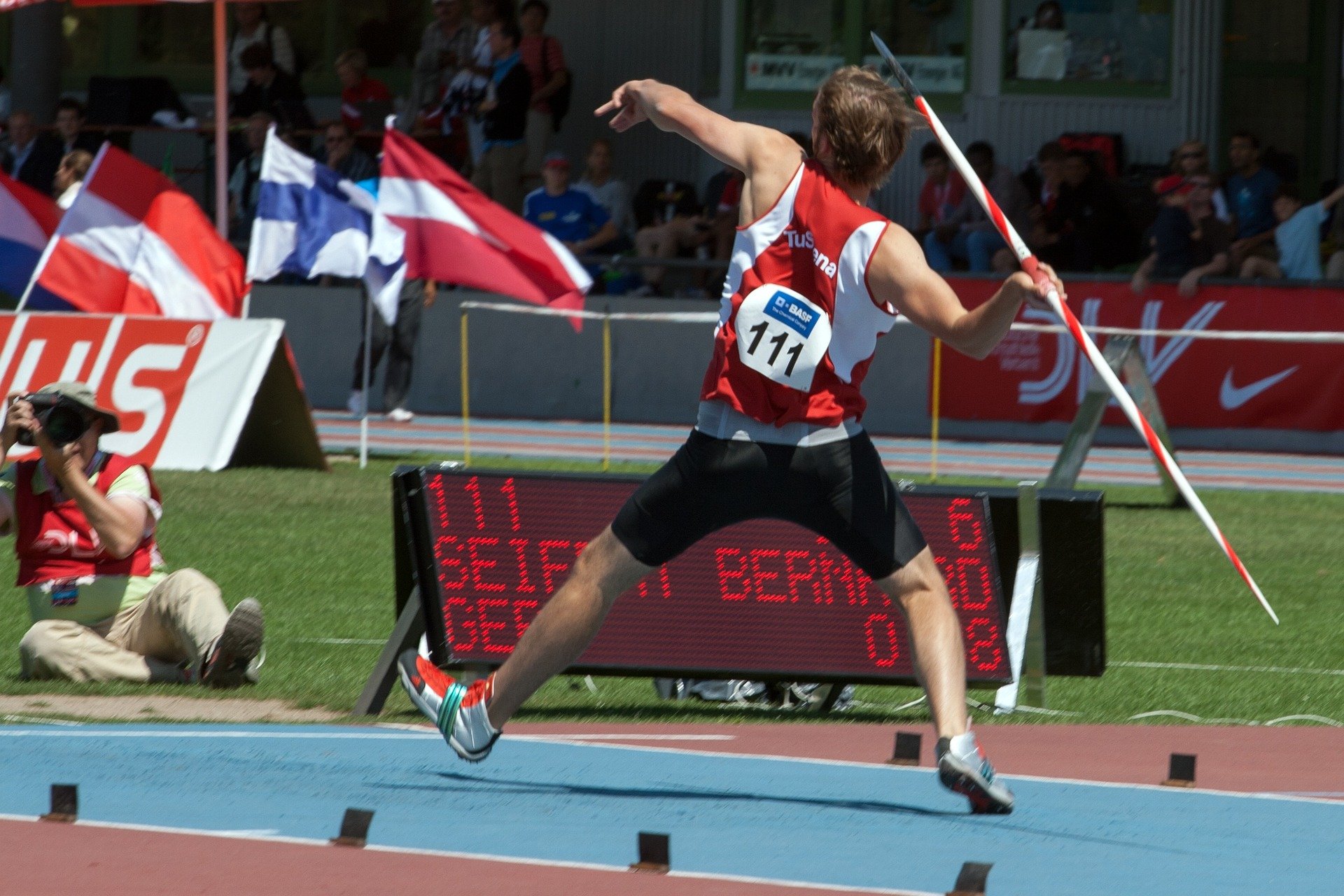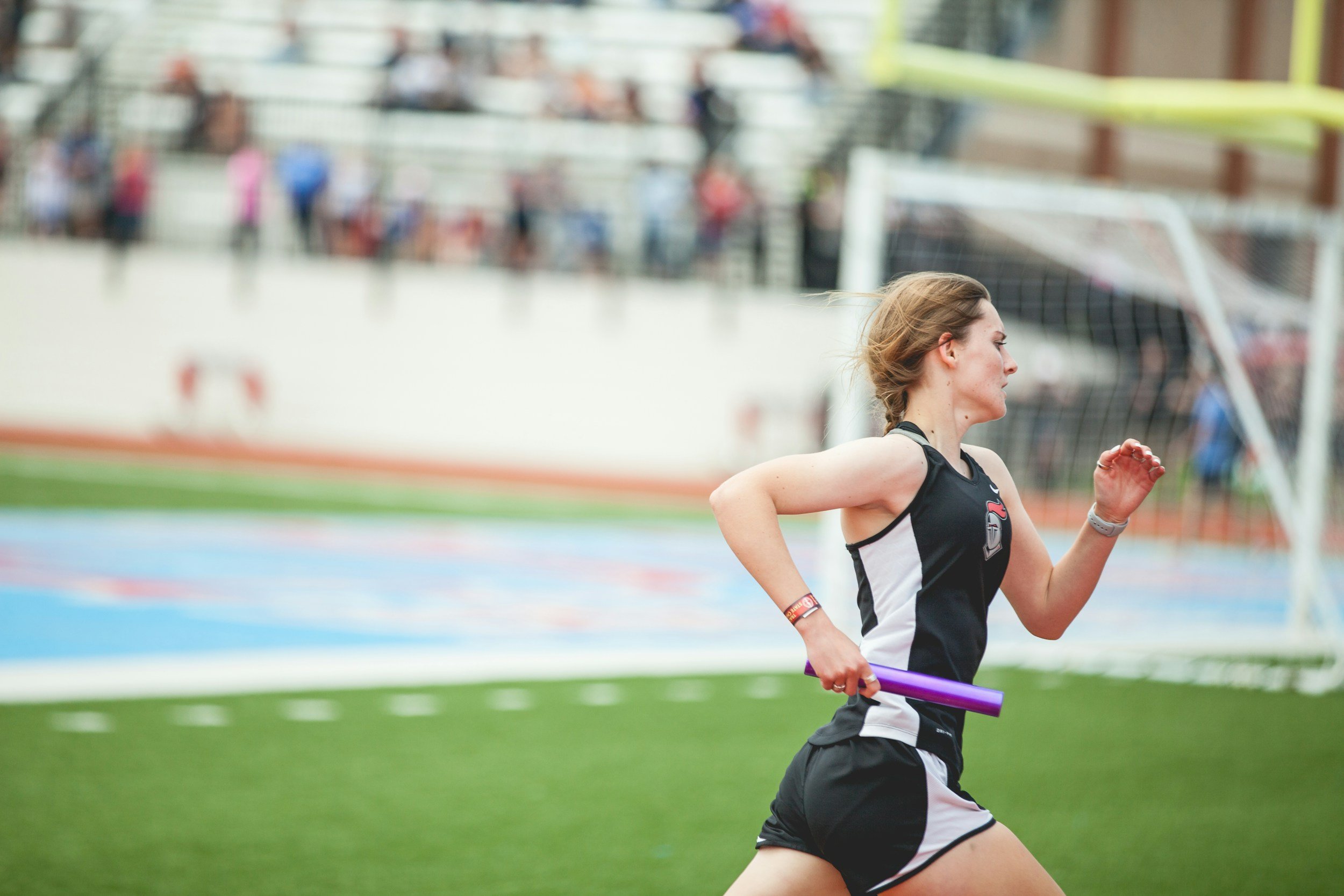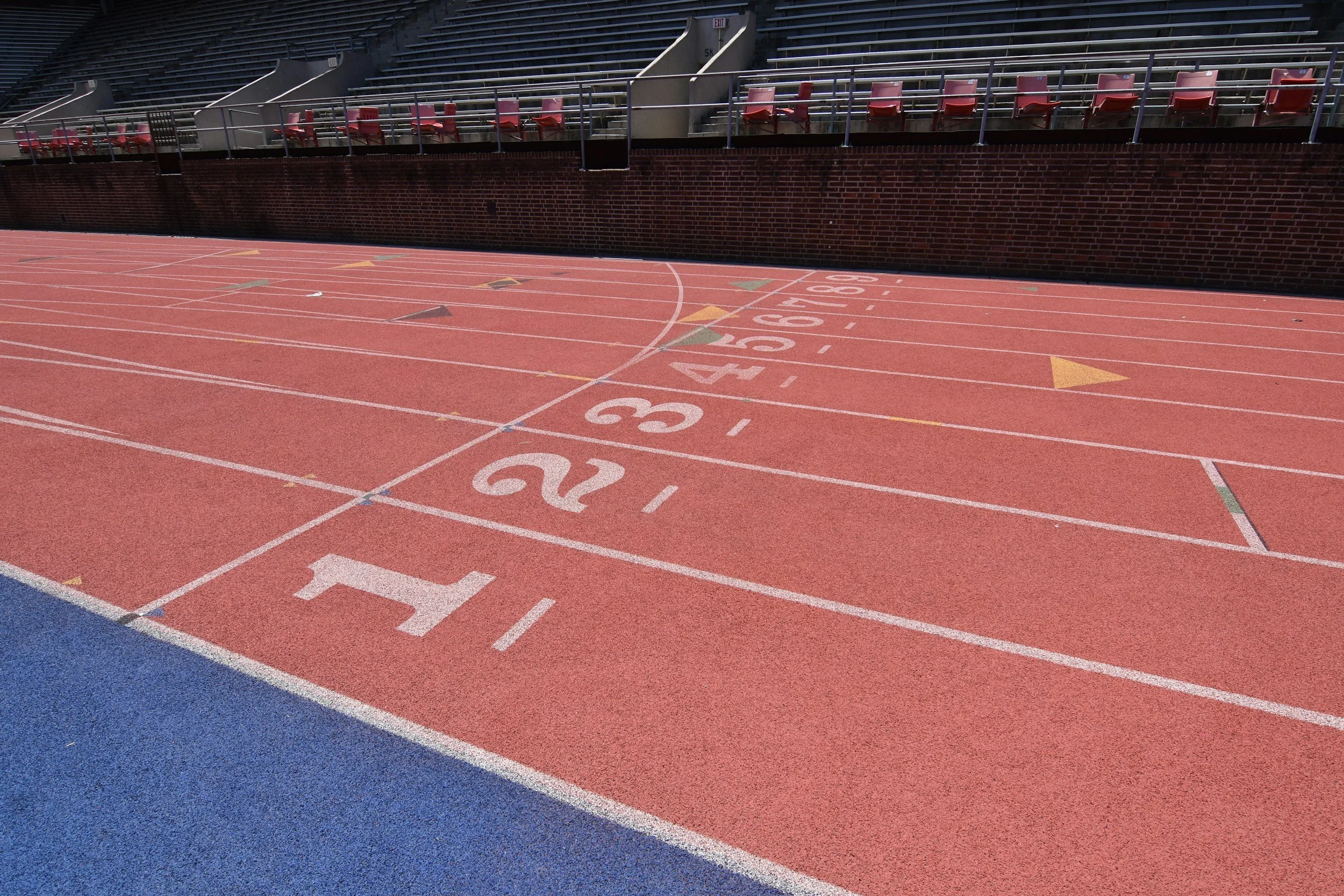Javelin Throw Training: Techniques, Drills, and Warm-Up Exercises for Beginners
Javelin throw is a popular field event that requires strength, power, and technique. It's not just about throwing the javelin as far as possible, but rather a combination of the right grip, approach, release, and follow-through. To achieve success in javelin throw, an athlete needs proper training, which includes grip drills, plyometric training, release drills, warm-up exercises, and technique training for beginners. In this article, we will take an in-depth look at javelin throw training and provide tips on how to improve your performance.
Javelin Throw Technique for Beginners
The key to success in javelin throw is mastering the right technique. For beginners, it's essential to start with the basics and work on perfecting each step before moving on to more advanced techniques. Here are the steps to follow:
Step 1: Grip
The grip is the first and most crucial step in javelin throw technique. There are different grips, but the most common is the overhand grip, where the athlete holds the javelin above the center of gravity. The grip should be firm but not too tight to allow for a smooth release.
Step 2: Approach
The approach involves running towards the throwing line with the javelin in hand. The approach length varies depending on the athlete's speed and skill level. Beginners should start with a shorter approach, usually about 6-8 steps.
Step 3: Planting and throwing
The athlete should plant their front foot firmly into the ground, keeping the back leg straight and in line with the front leg. Then, using the momentum generated from the approach, the athlete should release the javelin, making sure to follow through with the throwing arm.
Javelin Throw Grip Drills
Grip drills are an essential part of javelin throw training as they help improve grip strength, which is crucial in achieving maximum distance. Here are some effective grip drills:
Drill 1: Wrist Curls
This drill involves holding a weight in your hand and curling your wrist up and down. Repeat for several sets.
Drill 2: Finger Tip Push-ups
This drill involves doing push-ups on your fingertips, which helps to strengthen the fingers and hands.
Drill 3: Javelin Holds
This drill involves holding the javelin at different points to improve grip strength and endurance.
Plyometric Training for Javelin Throwers
Plyometric training is a type of training that involves explosive movements to improve power and speed. Here are some plyometric exercises that are beneficial for javelin throwers:
Exercise 1: Box Jumps
This exercise involves jumping onto a box and then back down repeatedly. It helps improve explosive power and speed.
Exercise 2: Medicine Ball Throws
This exercise involves throwing a medicine ball as far as possible, which helps to improve upper body strength and power.
Exercise 3: Jumping Lunges
This exercise involves alternating jumping lunges, which helps to improve explosive power and speed.
Javelin Throw Release Drills
The release is a crucial part of javelin throw, and mastering it can significantly improve your performance. Here are some drills that can help:
Drill 1: Target Throws
This drill involves throwing the javelin at a target to improve accuracy and consistency.
Drill 2: One-Step Throws
This drill involves taking only one step before releasing the javelin, which helps to improve release timing and power.
Drill 3: Partner Throws
This drill involves throwing the javelin back and forth with a partner, which helps to improve release technique and timing.
Javelin Throw Warm-up Exercises
Warm-up exercises are essential in any sport, including javelin throw. They help prepare the body for the physical activity, reduce the risk of injury, and improve performance. Here are some warm-up exercises that are beneficial for javelin throwers:
Exercise 1: Arm Swings
This exercise involves swinging your arms in a circular motion to warm up the shoulders and improve mobility.
Exercise 2: Leg Swings
This exercise involves swinging your legs back and forth to warm up the hip flexors and improve flexibility.
Exercise 3: High Knees
This exercise involves running in place and bringing your knees up to waist height to warm up the legs and improve agility.
Javelin throw training requires a combination of strength, power, and technique. To achieve success, an athlete needs to focus on grip drills, plyometric training, release drills, warm-up exercises, and technique training for beginners. It's essential to start with the basics and work on perfecting each step before moving on to more advanced techniques. With consistent training and practice, anyone can become a successful javelin thrower. Remember to always warm up properly, stay hydrated, and listen to your body to avoid injury. Good luck!































